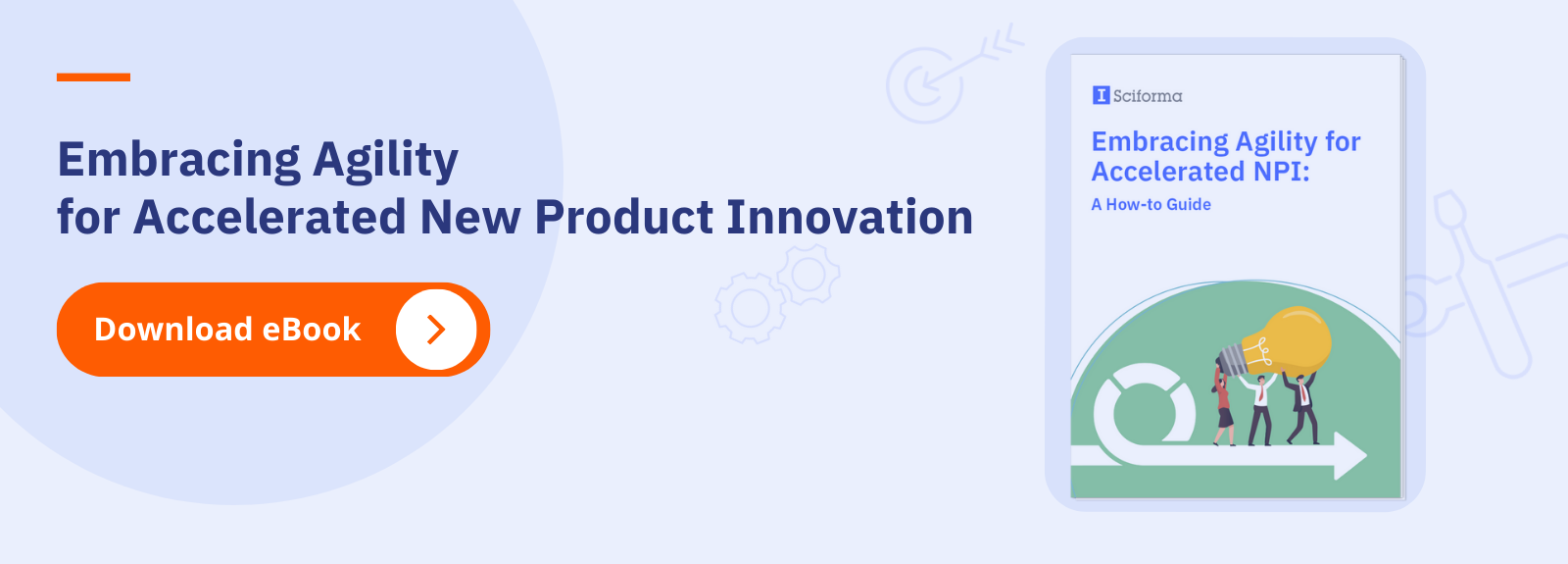Project Portfolio Management Strategy Guide
In today’s business landscape, project portfolio management (PPM) has become an increasingly crucial practice for project-oriented firms. For those businesses looking into the approach, this Project Portfolio Management Strategy Guide aims to clarify the difference between project and portfolio management, cover PPM basics like methodologies and capabilities, and offer insights into effectively implementing PPM. Serving as a valuable resource for project teams, leaders, PMOs, and executives, it addresses challenges, provides an overview of PPM tools, and introduces the next step — Enterprise Project Portfolio Management.
Table of Contents
- What is Project Portfolio Management (PPM)?
- The Difference Between Project and Portfolio Management
- Project Portfolio Management Basics: Methodologies and Capabilities
- Tips and Benefits of Implementing Project Portfolio Management
- Common Project Portfolio Management Challenges
- What is Enterprise Project Portfolio Management (EPPM)?
- PPM Tools to Empower Project Teams
The Difference Between Project and Portfolio Management
Project management and portfolio management are often confused. Understandably so: at first glance, the difference can be subtle. However, although complementary, these two theoretical frameworks do not involve the same management, roles, or responsibilities.
Project Management vs Project Portfolio Management
To understand the difference between project and portfolio management (and how the two overlap), let’s go back to the basics.
A project is a specific, time-bound endeavor that focuses on a unique goal, like the launch of a product line or the rollout of a marketing plan. Project management, meanwhile, is all about strategically using skills, tools, and techniques to create a valuable result.
A portfolio of projects is simply a set of projects managed together to achieve strategic goals or benefits. Unlike individual projects, which have specific deliverables, a portfolio supports the strategic directions of the enterprise or business function.
Just like an investment portfolio — a grouping of financial assets such as stocks, bonds, currencies, and commodities owned by an investor — a project portfolio needs balance between short- and long-term projects, as well as high-risk/high-value initiatives and bread-and-butter projects.
As a result, portfolio management focuses on the bigger picture, ensuring that multiple projects align with business goals without stepping on each other’s toes.
You likely already engage in some level of project management, even if informally. But the leap from general project tracking to detailed and intentional project portfolio management involves more than just trying to visualize more information.
It requires implementing new tools or strategies that allow you to compare project risk, progress, metrics, and other essential information that shapes organizational decision-making.
Who Needs Project and Portfolio Management Solutions?
Let’s take a closer look at the parties and teams that might benefit from efficient project portfolio management systems.
The Project Manager
Project managers are responsible for meeting project objectives within the boundaries of fixed timelines, budgets and resource allocations. A key challenge for project managers is reconciling operational concerns tied to work collaboration and task management with the expectations of clients or project owners, whose requests may prove challenging to integrate. Even without new client requests or specifications, projects may creep off track during the course of execution. A great project manager stays on the lookout to detect any unexpected problems that may arise.
The Portfolio Manager
The Project Management Office (PMO)
The PMO is the department or person responsible for managing projects at the portfolio level. A PMO actively supports the realization of key strategic initiatives. It also provides coaching and support to project teams. Additionally, the PMO helps executive leaders ensure their initiatives deliver the expected impact by providing data-based insights that enable them to change gears quickly.
The Program Manager
A program is a collection of projects undertaken to pursue a specific goal or perform a specific activity (for example, the launch of an airplane is a program composed of several projects). A program manager can be viewed as a “super” project manager and is responsible for planning, governance, and ensuring program outputs are delivered as intended.
Information Technology (IT) Teams
Research & Development Teams
R&D projects are among the most complex to manage. As opposed to other types of projects, they rarely start with well-defined objectives and schedules. As they can span years, changing market conditions, and unexpected challenges and opportunities, they require ongoing adjustments. R&D also typically involves many different stakeholders, each with their own priorities. The cross-organization visibility that PPM provides can therefore be immensely helpful for all involved.
New Product Development (NPD) Teams
PPM enables organizations to accelerate the time-to-market and quality of their new products and innovations. Through automated consolidation of project data, rapid feedback, real-time portfolio tracking, and more, PPM helps product companies to reduce new product development time cycles while securing each of the required steps and supporting consolidated cost and performance tracking.







